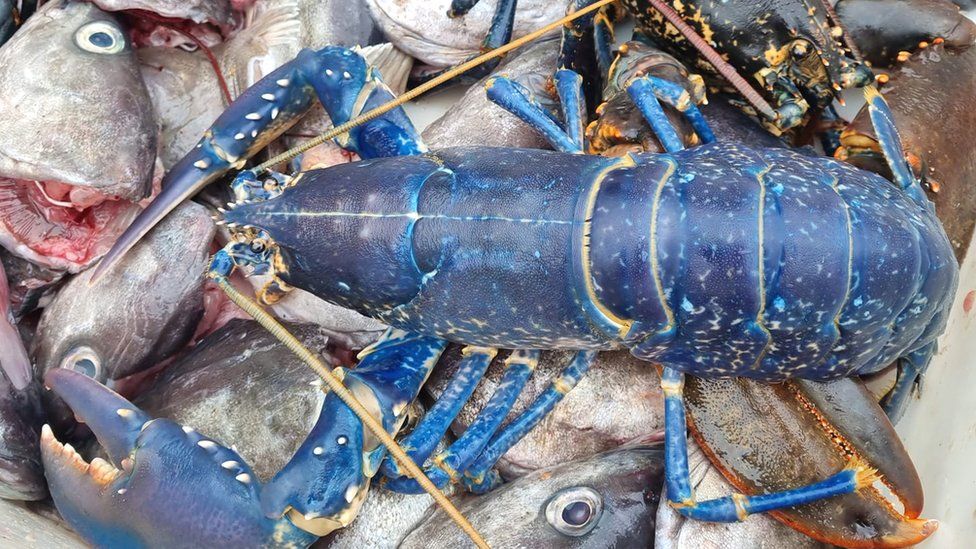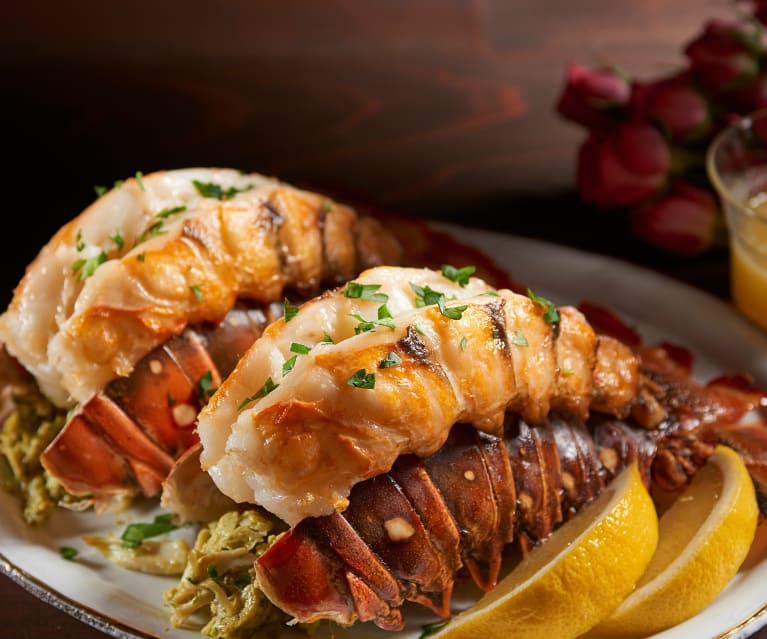Lobster is one of the tastiest shellfishes that you can find in the market today. They are highly nutritious and they are very tasty as well. These are highly filling and were considered luxurious dishes because of the sheer method in which they are prepared. One of the main challenges about lobster is about cooking them fresh.
Lobster must be cooked when it is alive to enjoy all its nutrients. Dead lobster can decompose quickly, and it can turn toxic in no time, even for humans. In the early days, lobsters were the poor man’s dish, as lobsters were available in plenty and were quite cheap. However, as times evolved, people started realizing the importance of this shellfish, and the demand increased. When demand increased, the price started increasing, too. Today, lobsters are one of the high-class seafood dishes served in restaurants.
Can Cats Eat Lobster
If you have cats at home, one of the questions that will linger in your mind is, “can cats eat lobster?” Well, after reading this article, you will find the answer to this question, and some other important points you have to consider when feeding lobster to cats.
The short answer to this question is – Yes, cats can eat lobsters occasionally as treats, subject to certain conditions. What are these conditions? Keep reading to know more about the same.
Health benefits of Lobsters

Here is a brief overview of its nutritional benefits before we tell you why lobsters can be given to cats as treats. Around 150 grams of lobsters contain 55 grams of protein, 129 calories, and 25 grams of fat. Though these don’t contain any cholesterol, they are quite filling and give you enough nutrients per day. Lobsters are also rich in other nutrients like:
- Omega 3 fatty acids
- Vitamins B12 and E
- Magnesium
- Copper
- Zinc
- Selenium
- Phosphorous
- Polyunsaturated fats
When can you give lobster to cats?
Even though a very small amount of lobster can be fed to cats once or twice per week as treats, you have to take great care to ensure that your cats accept this dish well. Some of the factors you have to focus on are:
- Allergic reactions
- Fresh lobsters cooked alive
- Given only as treats
- Presence of toxic flavorings
- Choking on shells
- Metal buildup
Here is a brief explanation of each of these factors for your better understanding.
Allergic Reactions

Though cats love seafood, some may be allergic to shellfish like lobsters, crabs, oysters, and scallops. So, you need to check if your cats are allergic to lobsters. If you give lobsters to a cat that is allergic to shellfishes, you may witness the following symptoms in the felines:
- Vomiting
- Diarrhea
- Stomach upsets
- Lethargy for a short while, immediately after consumption of lobsters
- Swelling in some body parts
- Continuous itching of the skin
- Difficulty in breathing
Even if you feed a small number of lobsters, your cats will exhibit these reactions if it is allergic to shellfishes. So, please visit the veterinarian without further delay to help your cat recover quickly.
Shellfishes are not part of a cat’s normal diet, because cats don’t catch lobsters on their own. Therefore, it is natural for cats to experience some allergies when they eat these shellfishes for the first time.
Fresh Lobsters
It would help if you fed only fresh lobsters as threats to cats. Fresh lobsters are the ones that are cooked alive. Dead lobsters decay within a very short time. The stomach of the dead lobsters starts to release some enzymes, which makes the fish decompose very quickly. These dead lobsters can cause a lot of toxic reactions in the felines.
Given only as treats
One of the important things to remember when giving lobsters to cats is that they should be considered treats only. Since lobsters have a lot of nutrients in them, they are very rich foods. It is enough if cats have a small number of lobsters occasionally. You can give them a small piece of lobster about once or twice a week), and it should suffice. You will find many brands of cat foods with lobster as one of their ingredients. We recommend you to give these treats to your cats, as you can be careful about the measure, that way.
Presence of toxic flavorings
Before giving lobsters to cats you should check if the fish is cooked well. Keep the fish as bland as possible. The extra flavorings and seasonings that you use for cooking lobsters can be toxic for cats. Garlic and onion, especially, are very dangerous for cats. The compounds in garlic and onion can cause anemia, kidney issues, and lethargy in cats. So, it would help if you cooked it without any preservatives or artificial colors.
Choking on shells
It is better to remove the shells of the lobsters before feeding them to your cats. The shells of lobster are one of the hardest among all shellfishes. So, it is quite risky for cats, as they can choke on these shells. Even if you break down the shells into small parts, cats can still choke on them. So it is best to avoid shells at any cost while feeding lobsters to cats.
Metal buildup
Eating too many lobsters or any other shellfish can cause metal buildup in the cat’s body. Since cats don’t weigh too much, even a small amount of metal can lead to serious health issues, like damage to the liver, kidney, and nervous system, in felines.
Final Word
From the above points, it is clear that cats can eat lobsters only in very small quantities. You can feed them lobsters as treats, but only after checking for allergic reactions if any. Since many cats are allergic to shellfish like lobsters, please check this first, to avoid issues later. Cats can handle only a very small quantity of lobsters. So, when given once or twice a week, a very small piece of lobster is more than enough for them.
